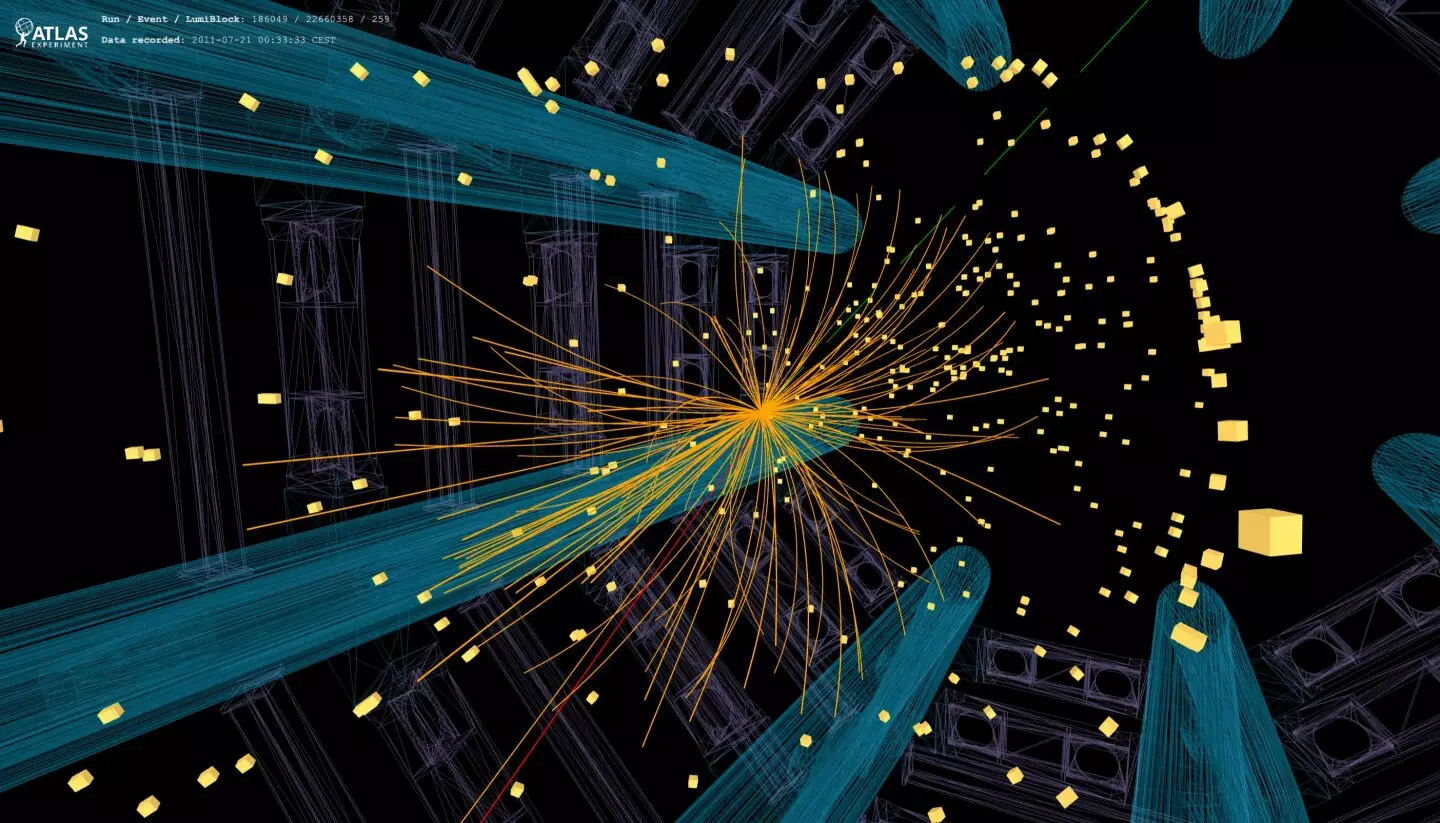The Standard Model of particle physics has been a robust framework for understanding the fundamental particles and forces that make up the universe. However, the discovery of the Higgs boson in 2012 raised questions about what lies beyond this well-established model. One parameter that may provide insight into new physics phenomena is the width of the W boson, a carrier of the weak force. Recently, the ATLAS collaboration at the Large Hadron Collider (LHC) made a significant measurement of the W-boson width, shedding light on the behavior of this crucial particle.
In a new study published on the arXiv preprint server, the ATLAS collaboration reported the measurement of the W-boson width at the LHC for the first time. Previous measurements at other colliders had yielded values consistent with the Standard Model prediction. However, the ATLAS experiment’s precise measurement using proton-proton collision data at an energy of 7 TeV provided a new insight into the behavior of the W boson.
The ATLAS collaboration employed a detailed particle-momentum analysis of W-boson decays into electrons or muons and their corresponding neutrinos. By calibrating the detector’s response to these particles and considering background processes, the researchers were able to achieve a high level of precision in their measurement. The W-boson width was determined to be 2202 ± 47 MeV, slightly larger but consistent with the Standard Model prediction.
To achieve such a precise measurement, the researchers had to consider various factors. Accurate knowledge of W-boson production in proton-proton collisions, as well as an understanding of the inner structure of the proton through parton distribution functions, were essential. The ATLAS collaboration also simultaneously measured the W-boson mass, further improving the precision of their results.
The measurement of the W-boson width and mass by the ATLAS collaboration provides valuable information for testing the Standard Model and probing for new particles and forces. As researchers continue to refine their experimental techniques and theoretical predictions, future measurements using larger datasets are expected to reduce uncertainties further. This ongoing pursuit of precision in particle physics will enable scientists to explore the boundaries of our current understanding of the universe.
The ATLAS collaboration’s measurement of the W-boson width at the LHC represents a significant step in advancing our knowledge of particle physics. By delving into the behavior of fundamental particles like the W boson, researchers are paving the way for new discoveries and a deeper understanding of the forces that govern the universe. As technology and methodology continue to improve, the prospects for uncovering new physics phenomena beyond the Standard Model are bright.


Leave a Reply